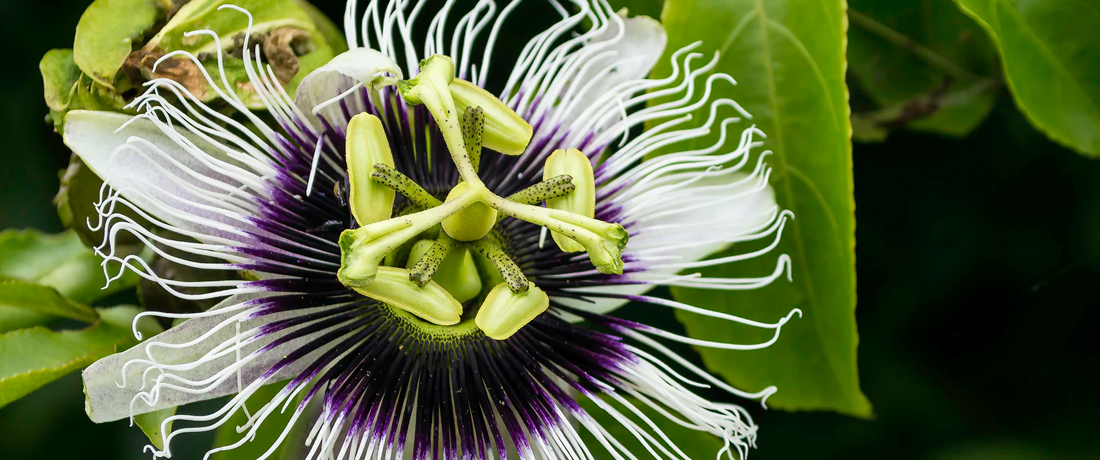
 Important note about plant availability. Important note about plant availability.There are hundreds of factsheets on our website provided for your information. Not all plants will be available at all times throughout the year. To confirm availability please call (03) 8850 3030 and ask for the nursery. |
Passionfruit vines don’t have to be pruned to get good fruit set, but pruning in early spring (after last frosts – important) will help promote new growth where the flowers and subsequent fruit will form. Pruning will also keep a rampant vine under control. Avoid pruning the main stems and main lateral stems, clean up the twining often rampant side stems. You can remove as much as one third of the previous year’s growth.
Keep the vines well fertilised (and watered) all the way from spring through to autumn. In this instance it is helpful if you use a fertiliser which has a N:P:K ratio weighted towards the Phosphorus and Potassium end, so a ‘Flower and Fruit’ or a Citrus fertiliser will work well.
A common complaint is lots of flowers and no fruit. Try hand pollinating if the bees are not doing the job, using a fine paint brush, transfer pollen from the stamens (5 of these per flower) to the stigma (three of these per flower). If that is too tedious simply pick a flower and swipe it across other flowers using a downward motion to transfer pollen onto the stigmas. Also try planting something like lavender nearby to encourage bees into the vicinity.
At the nursery we no longer stock grafted passionfruit. We decided to do this after finding that the very vigorous rootstock heavily suckered and eventually outgrew the grafted material on too many of our customer’s plants. All the good advice and intentions in the world to remove suckers didn’t seem to work, hence the decision to nip the trouble at the source as it were, and stop stocking grafted passionfruit.
